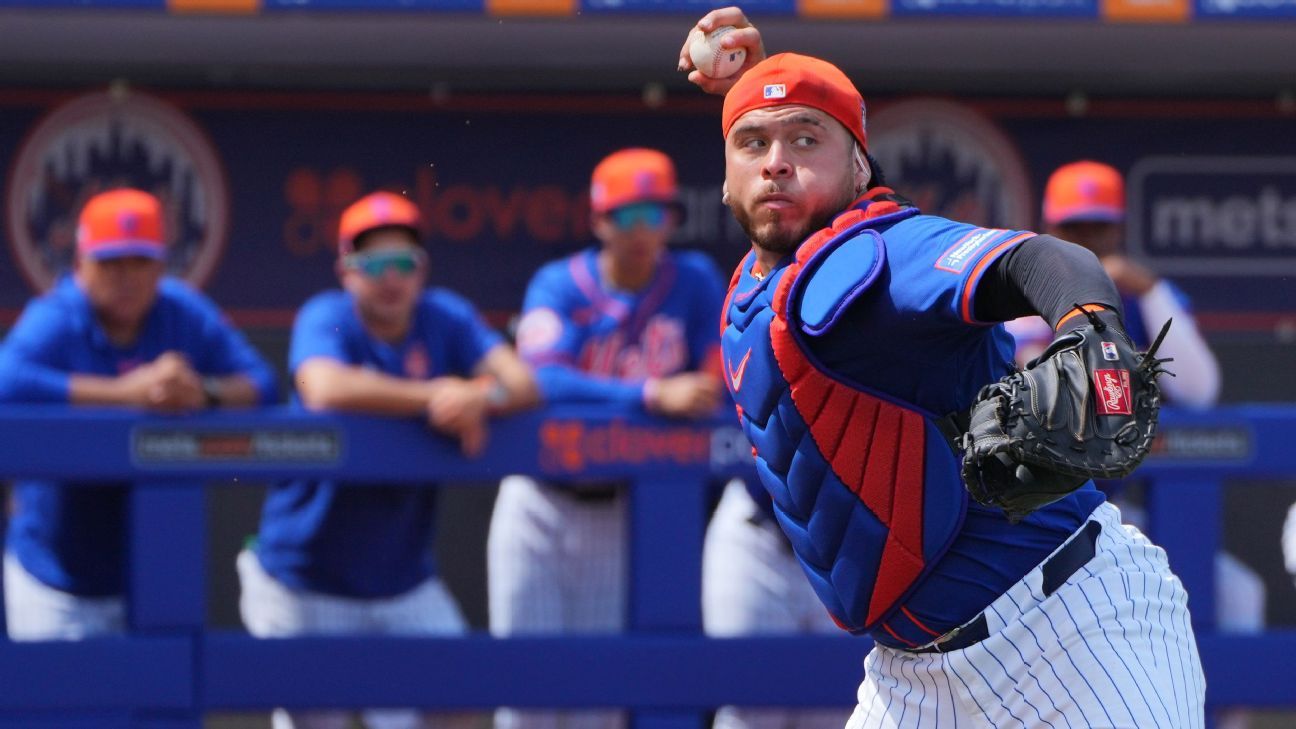
Former world 400m hurdles champion Dai Greene explains why he’s flippin’ pizzas and coaching recreational runners to support his ongoing athletics ambitions
It is 11 years since Dai Greene won the world 400m hurdles title in South Korea and the Welshman turns 36 this week. Yet he is still going strong and is juggling a number of jobs in between his own training.
One of these is an online coaching business which he has just set up. It is aimed at anyone from parkrunners to recreational or masters athletes who want to get the most out of their ability on the track.
“I feel I’ve acquired a lot of knowledge during my time and have a good eye for detail and technical stuff,” he says. “I definitely want to go on to do in-person coaching when I finish but in the meantime online coaching was something that one of my friends suggested to me.
“I always get messages asking for advice about injuries and training and the feedback is more often than not positive. I’ve gathered all this information over the years and just trying to use that in a positive way to help other people.”
Greene still has athletics ambitions of his own, of course, and in addition to online coaching he is involved in the sale of Tomahawk Massage Guns and at weekends joins his partner selling takeaway pizzas from their south Lincolnshire farm for local residents.
On the track this summer he wants to get back into the 49-second zone for his event – a performance he achieved as recently as 2019 – and he adds on the forthcoming season: “My ambition is to compete regularly to be honest. I want to race say 10-12 times and not be in a bad position.
“In the last few years I’ve gone to competitions trying to compete knowing that my hip might not be right. So I want to go to the competition knowing that I’m okay.
“If I’m fit enough to put spikes on I can usually run a high or mid 49. So for me, mentally it is about trying to get into the 49s and then work my way down and get below that barrier.”
Greene’s PB of 47.84 places him No.2 on the UK all-time rankings, just two hundredths of a second behind Kriss Akabusi’s British record. As well as his world title in 2011, he won the Commonwealth crown in Delhi in 2010 and European gold in Barcelona in the same year. Injuries took their toll, though, with him struggling to return to peak form in recent years.
Dai Greene (Mark Shearman)
In the latest issue of AW magazine, out this week, he explains in detail what makes world record-holder Karsten Warholm so special. On his own abilities, he says: “I don’t think of myself as being talented. I don’t have speed. I’m not crazy strong. My talent is being able to sight the hurdle, being able to hurdle off both legs, adapting relatively quickly to training and I’m very good at applying myself in training.”
His training a dozen years ago obviously worked as it brought him major titles but there is always room for improvement so I ask him what tweaks he would make if he could turn back the clock? What would he tell the 20-year-old version of himself?
“I would do less pure speed endurance stuff a little bit more speed stuff, which is something I’ve never really, really touched on,” he says without much hesitation.
His workouts back in 2010 included sessions like 5x250m or 3x300m with long recoveries. But they were all hard efforts over relatively long distances whereas he only very rarely did ‘pure sprints’ over 60-80m.
“I remember when I left my coach Malcolm Arnold back then one of the things that we wish we’d done more of was speed work. I’d often say, ‘let’s do more speed endurance, let’s do more endurance work’, because I enjoyed that sort of stuff and I never really felt like I was working that hard when I did sprint stuff. Whereas fast forward to later on in my career now and I’ve probably done more speed sessions in the last few years that at any point.”
READ MORE: Dai Greene’s lockdown training
At Greene’s age, what is the main limiting factor that prevents him performing at his best? “Good question,” he says. “For me, I’ve had this like really weird problem where I’ve lost power and one of my legs.
“There are days when I just have zero power. And it’s been going on for a long time, I can’t seem to shake it. I apply force through the ground and feel like I’m going nowhere, typically on my left side.”
Dai Greene (Jonty Mitchell)
Greene reckons it might be linked to a broken collarbone when he was young, though, which means he now twists his arm and shoulder slightly when he runs. “Trying to pinpoint it has been a nightmare,” he says, adding that ‘releasing the nerves’ in the shoulder area is now seeming to correct what he calls a “weird neural tightness”.
With no lottery-funded support, Greene has developed a DIY approach to training and solving injury niggles. But as we speak he has enjoyed some of the best sessions in a while and is looking forward to the summer with optimism.
What’s more, he’s keen to pass on his wealth of advice to fellow runners and athletes of all standards.















 Phone: (800) 737. 6040
Phone: (800) 737. 6040 Fax: (800) 825 5558
Fax: (800) 825 5558 Website:
Website:  Email:
Email: 






